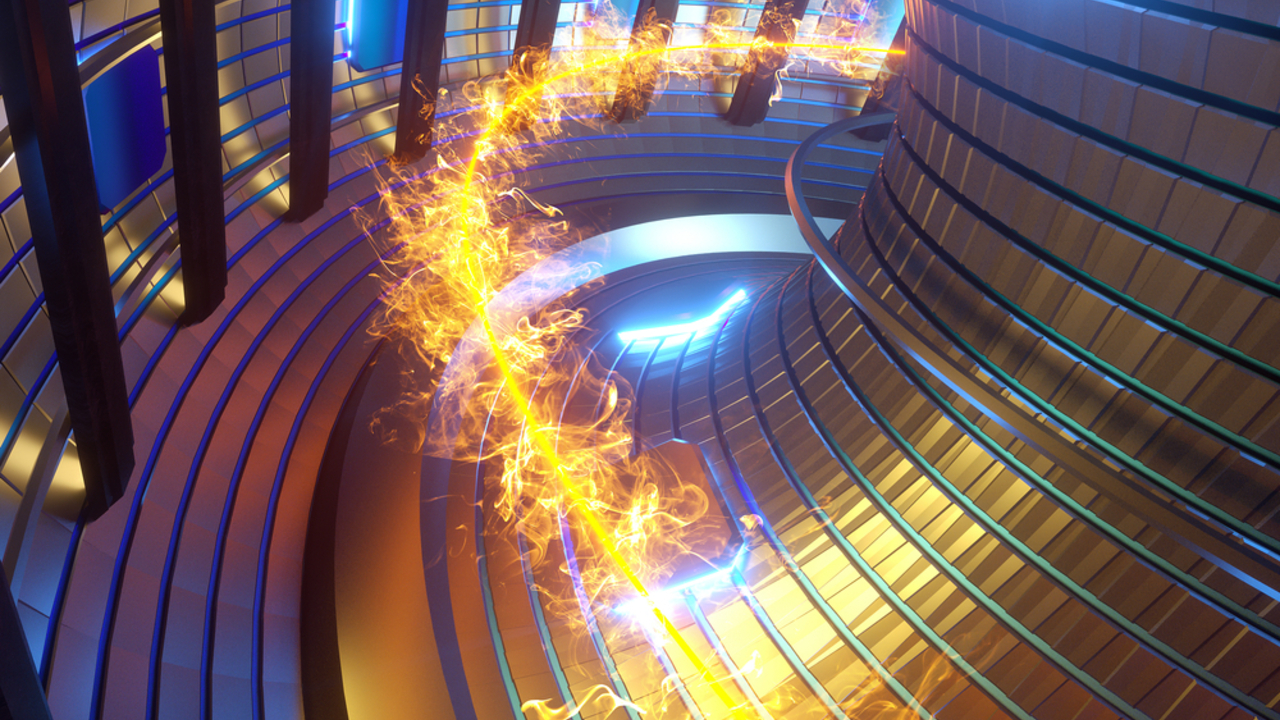Nuclear fusion is the process that powers the Sun and other stars: heavy hydrogen atoms collide with enough force to come together to form a helium atom, releasing a large amount of energy as a byproduct. When the hydrogen plasma is “ignited”, the fusion reaction becomes self-sustaining and the fusion reactions themselves produce enough energy to maintain temperature without external heating.
The “ignition” during a fusion reaction essentially means that the reaction itself produces enough energy to sustain itself, which is necessary when fusion is used to generate electricity.
In the latest major study at LLNL, the researchers recorded more than 1.3 megajoules of energy release in just a few nanoseconds.
“This record is a major scientific achievement in fusion research confirming that it is possible to fire fusion in the laboratory,” said Omar Hurricane, principal scientist of the LLNL inertial fusion program. Said.
Source: Ferra












